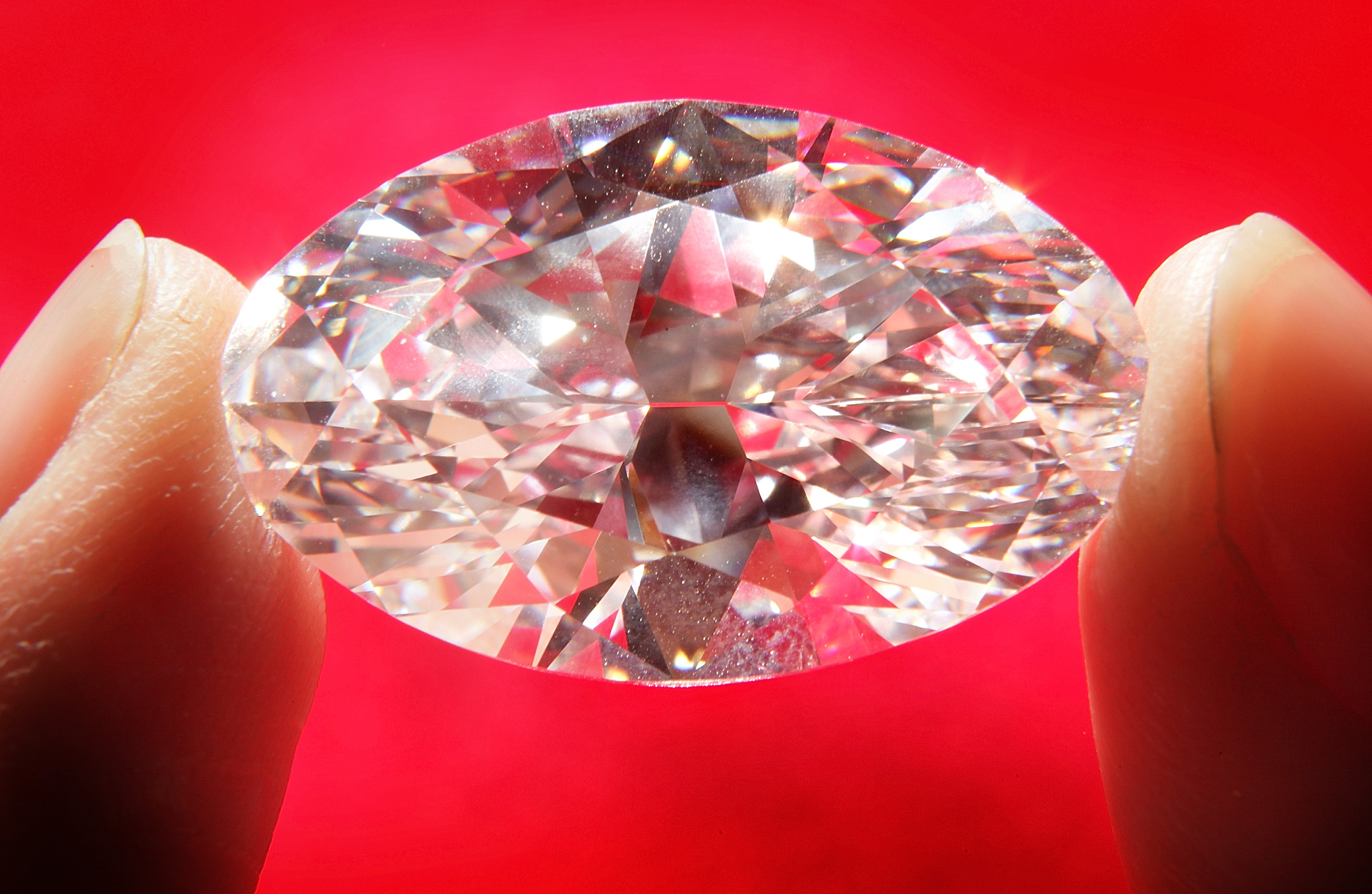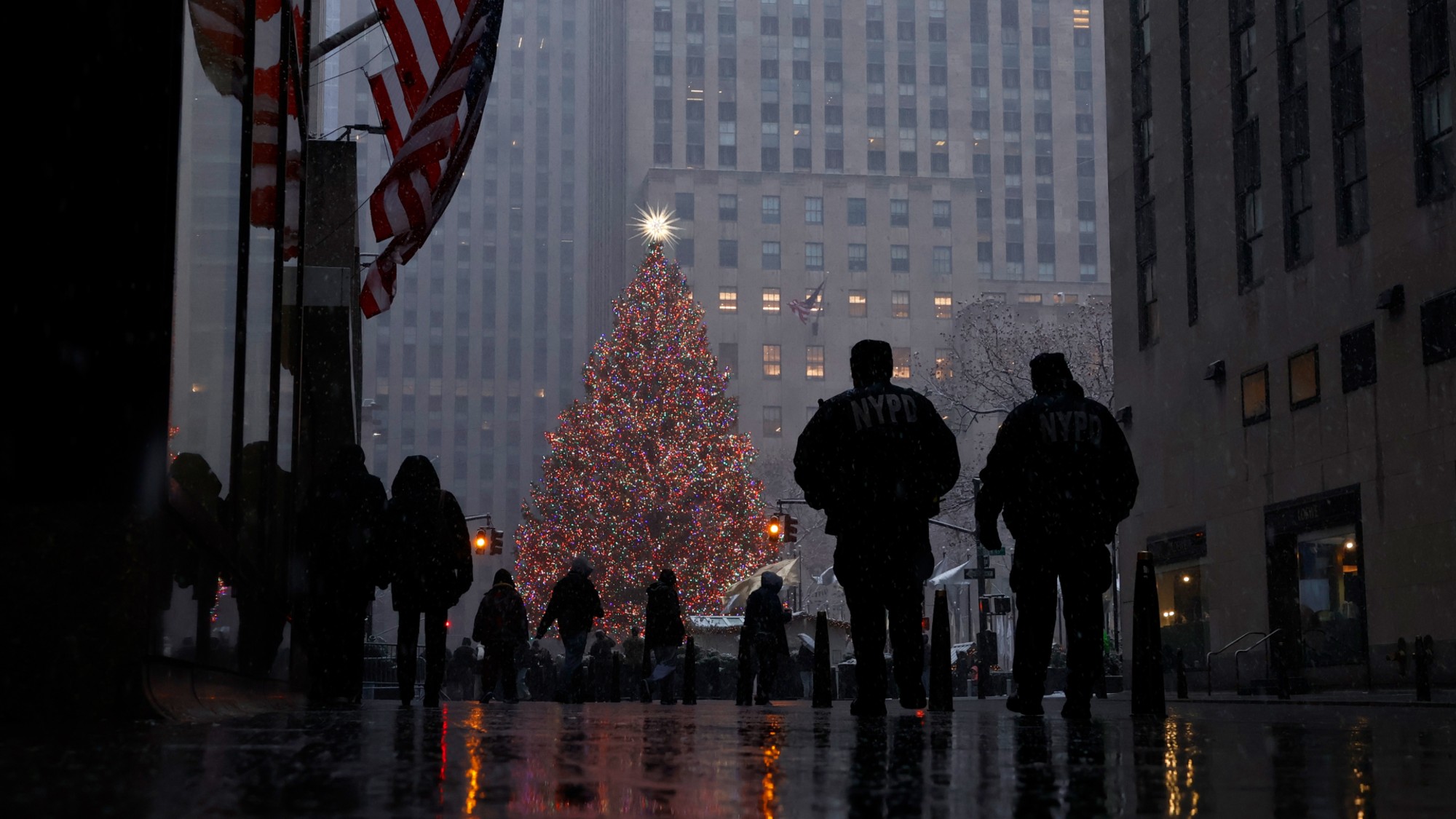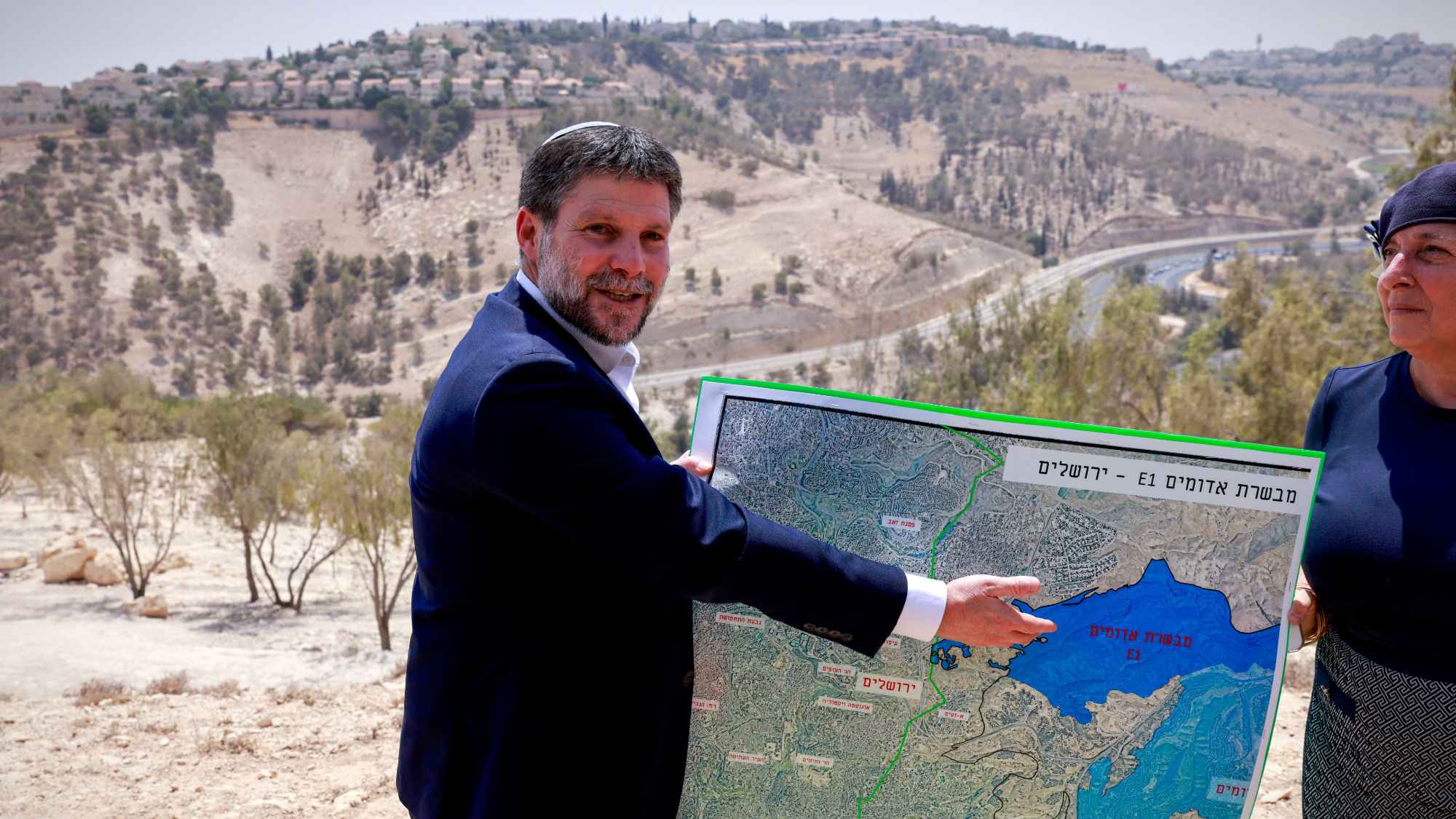Scientists are piecing together the mystery behind blue diamonds

A new study is bringing us closer to solving the mystery of how blue diamonds are made.
Accounting for about 0.02 percent of all diamonds, blue diamonds are the rarest diamonds on Earth, The Washington Post explained. While colorless diamonds are made up of a crystalline structure of carbon atoms at the molecular level, blue diamonds are formed when that structure is interrupted by boron atoms — a rare impurity that has fascinated people for hundreds of years, since the discovery of the Hope Diamond, the world's most famous blue diamond.
Scientists have long guessed at what might cause the atomic structure of blue diamonds to change — and for the first time, they have a theory, a study published in the journal Nature on Wednesday reveals. Researchers analyzed the impurities trimmed away from cut blue diamonds and discovered traces of minerals that point to these diamonds forming from two types of rock: the oceanic crust from the Earth's surface and the ocean mantle that lies beneath it. The shifting of tectonic plates can push these two types of rocks together, creating "a match made in the abyss" that could lead diamonds to absorb the boron naturally found in seawater and thus turn blue, The Washington Post explained.
The Week
Escape your echo chamber. Get the facts behind the news, plus analysis from multiple perspectives.

Sign up for The Week's Free Newsletters
From our morning news briefing to a weekly Good News Newsletter, get the best of The Week delivered directly to your inbox.
From our morning news briefing to a weekly Good News Newsletter, get the best of The Week delivered directly to your inbox.
The findings suggest that blue diamonds form up to four times deeper underground than colorless diamonds — around 400 miles beneath the Earth's surface. While the theory isn't proven yet, it is "a very compelling argument," said Jeffrey E. Post, a curator at the Smithsonian's National Museum of Natural History. Read more about the study at The Washington Post.
A free daily email with the biggest news stories of the day – and the best features from TheWeek.com
Shivani is the editorial assistant at TheWeek.com and has previously written for StreetEasy and Mic.com. A graduate of the physics and journalism departments at NYU, Shivani currently lives in Brooklyn and spends free time cooking, watching TV, and taking too many selfies.
-
 How climate change is affecting Christmas
How climate change is affecting ChristmasThe Explainer There may be a slim chance of future white Christmases
-
 The MAGA civil war takes center stage at the Turning Point USA conference
The MAGA civil war takes center stage at the Turning Point USA conferenceIN THE SPOTLIGHT ‘Americafest 2025’ was a who’s who of right-wing heavyweights eager to settle scores and lay claim to the future of MAGA
-
 The 8 best drama movies of 2025
The 8 best drama movies of 2025the week recommends Nuclear war, dictatorship and the summer of 2020 highlight the most important and memorable films of 2025
-
 Israel approves new West Bank settlements
Israel approves new West Bank settlementsSpeed Read The ‘Israeli onslaught has all but vanquished a free Palestinian existence in the West Bank’
-
 US offers Ukraine NATO-like security pact, with caveats
US offers Ukraine NATO-like security pact, with caveatsSpeed Read The Trump administration has offered Ukraine security guarantees similar to those it would receive from NATO
-
 Hong Kong court convicts democracy advocate Lai
Hong Kong court convicts democracy advocate LaiSpeed Read Former Hong Kong media mogul Jimmy Lai was convicted in a landmark national security trial
-
 Australia weighs new gun laws after antisemitic attack
Australia weighs new gun laws after antisemitic attackSpeed Read A father and son opened fire on Jewish families at Sydney’s Bondi Beach, killing at least 15
-
 How Bulgaria’s government fell amid mass protests
How Bulgaria’s government fell amid mass protestsThe Explainer The country’s prime minister resigned as part of the fallout
-
 Benin thwarts coup attempt
Benin thwarts coup attemptSpeed Read President Patrice Talon condemned an attempted coup that was foiled by the West African country’s army
-
 Femicide: Italy’s newest crime
Femicide: Italy’s newest crimeThe Explainer Landmark law to criminalise murder of a woman as an ‘act of hatred’ or ‘subjugation’ but critics say Italy is still deeply patriarchal
-
 Brazil’s Bolsonaro behind bars after appeals run out
Brazil’s Bolsonaro behind bars after appeals run outSpeed Read He will serve 27 years in prison